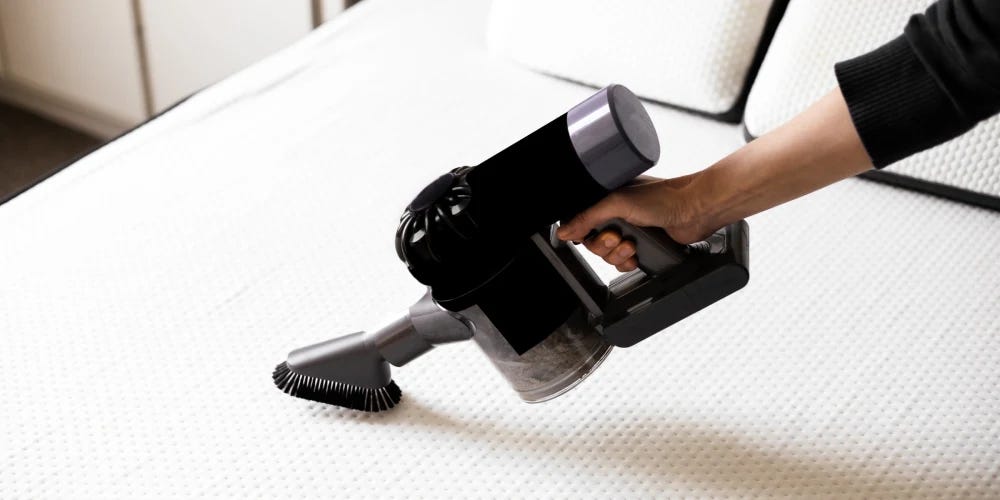Understanding Dust Mites and How to Eliminate Them: Expert Insights
Tiny Pests Lurking in Your Home Could Be Causing Allergic Reactions
At NBC Select, we consult experts to answer pressing questions about everyday concerns. In this edition of FYI, we explore dust mites—what they are, how they affect your health, and most importantly, how to get rid of them.
Many people make their bed first thing in the morning as part of their daily routine, but experts warn that this habit may create an ideal environment for dust mites. Research from the National Library of Medicine estimates that up to 20 million Americans suffer from dust mite allergies.
What Are Dust Mites?
Contrary to their name, dust mites are not mere specks of dust but microscopic creatures belonging to the arachnid family, alongside spiders and ticks. “Dust mites are invisible to the naked eye and thrive within household dust, feeding on organic matter such as skin cells and pollen,” says Michael Rubino, a mold and air quality expert and founder of HomeCleanse.
These pests are typically found in fabric-based household items such as mattresses, pillows, bedding, rugs, curtains, upholstered furniture, clothing, and even stuffed toys. Dr. Sukhkarn Bains, an allergist-immunologist at the Los Angeles Center for Ear, Nose, Throat, and Allergy, explains that dust mites primarily gather on porous surfaces where microscopic dust accumulates.
Are Dust Mites Harmful?
While dust mites don’t bite or transmit diseases like bed bugs, they can trigger allergic reactions. “Their feces, urine, and body fragments contain proteins that can cause allergy symptoms,” Rubino notes. These microscopic particles mix with household dust and can easily become airborne, leading to respiratory issues when inhaled.
Symptoms of dust mite allergies include nasal congestion, sneezing, itchy nose, watery eyes, and wheezing. In some cases, individuals may experience hives. Those with pre-existing allergies, asthma, or prolonged exposure to dust mites are at a higher risk of developing allergic reactions.
How to Treat a Dust Mite Allergy
If you suspect a dust mite allergy, consult a medical professional for confirmation. Treatment typically involves antihistamines and intranasal steroids to alleviate symptoms. “For long-term relief, allergy immunotherapy is the only effective method,” Bains says. This treatment, which can take three to five years, involves exposing the body to small amounts of allergens to build immunity over time.
However, due to its lengthy process and potential cost, immunotherapy is usually reserved for severe cases. Most sufferers manage their allergies with medications and by reducing dust mite exposure.
How to Get Rid of Dust Mites
Dust mites are present in nearly 80% of homes, according to the American Lung Association. Although they can be difficult to eliminate, the following expert-approved strategies can help minimize their presence:
Control Humidity: Maintain indoor humidity between 35% and 50% to discourage dust mite growth.
Wash Bedding in Hot Water: Launder sheets, blankets, and pillowcases weekly in hot water.
Opt for Machine-Washable Fabrics: Choose household items that can be washed regularly to reduce dust buildup.
Vacuum with a HEPA Filter: Regularly vacuum your mattress and upholstered furniture to remove dust and skin cells that mites feed on.
Use Protective Covers: Encase mattresses and pillows in allergen-proof covers to prevent mites from settling in.
Expert Contributions
NBC Select collaborates with specialists to ensure our information is accurate and unbiased:
Michael Rubino – Mold and air quality expert, founder of HomeCleanse.
Dr. Sukhkarn Bains – Allergist-immunologist at the Los Angeles Center for Ear, Nose, Throat, and Allergy.
For more expert-backed insights on health, home maintenance, and lifestyle, follow NBC Select on social media.


